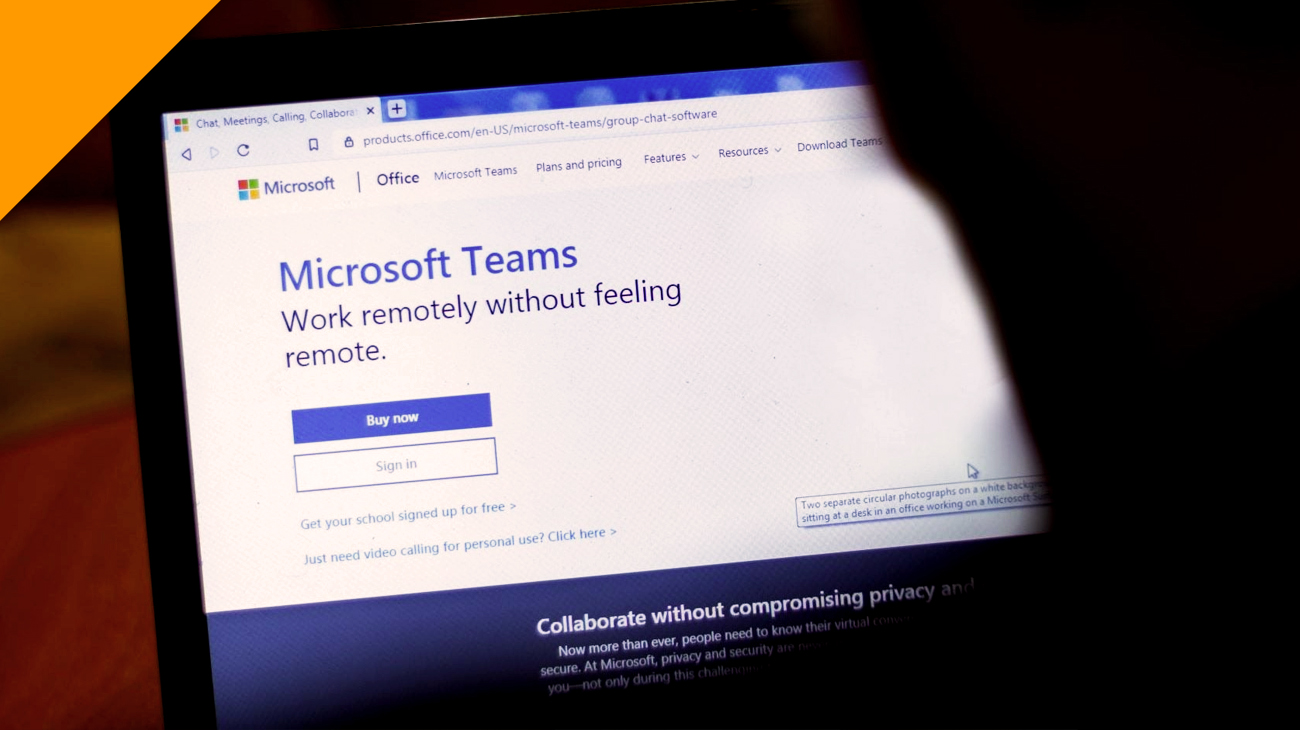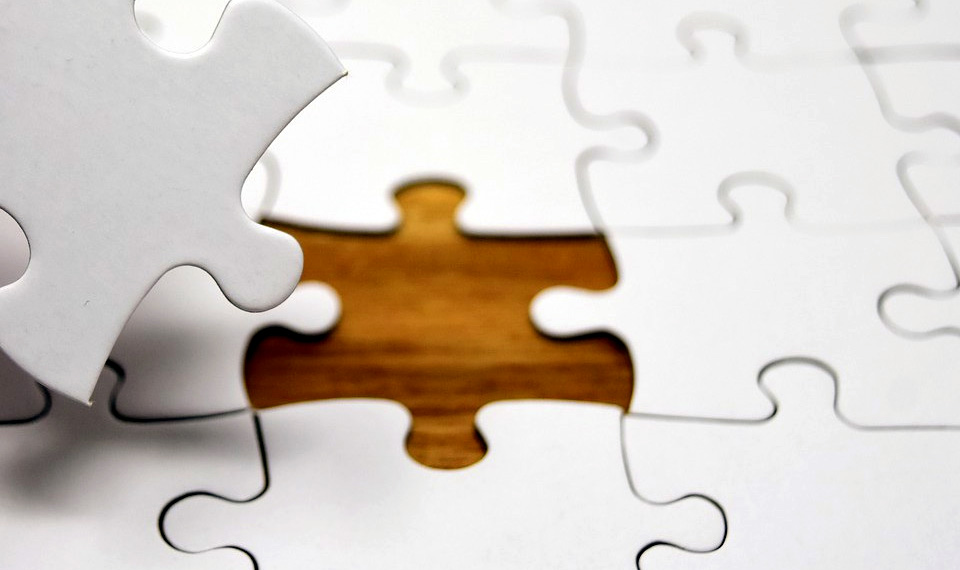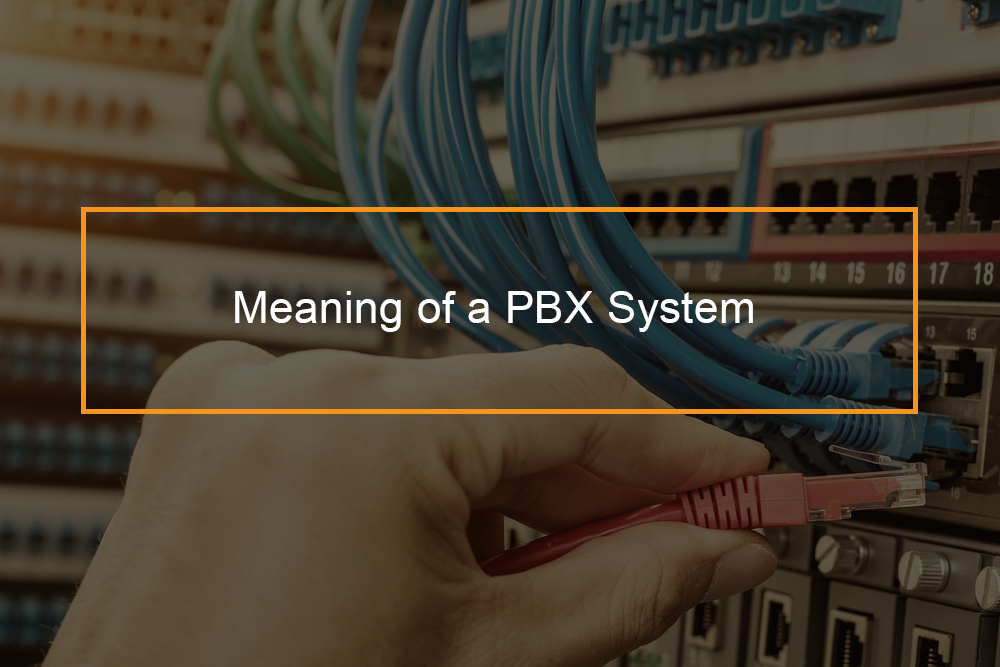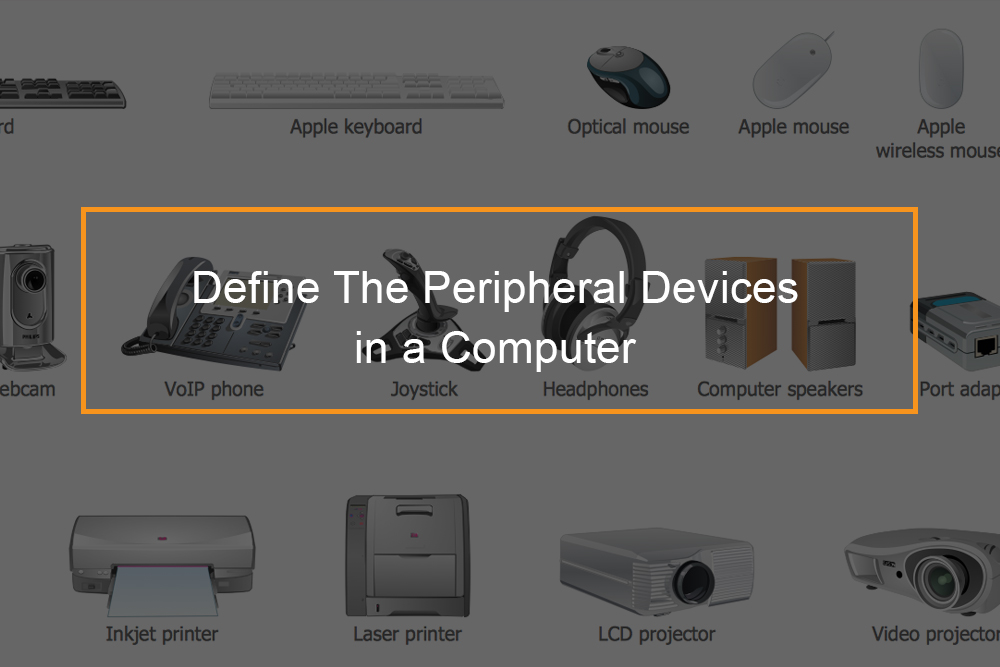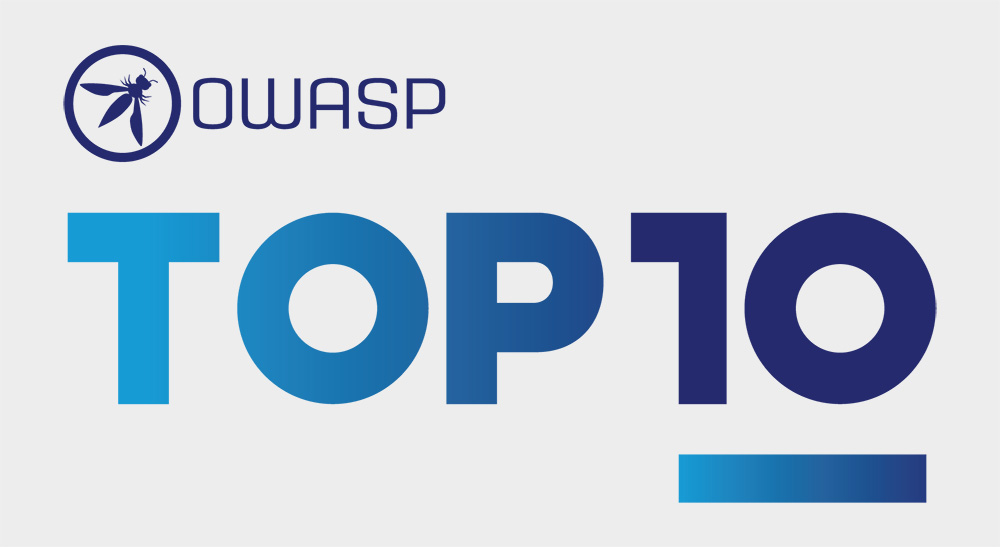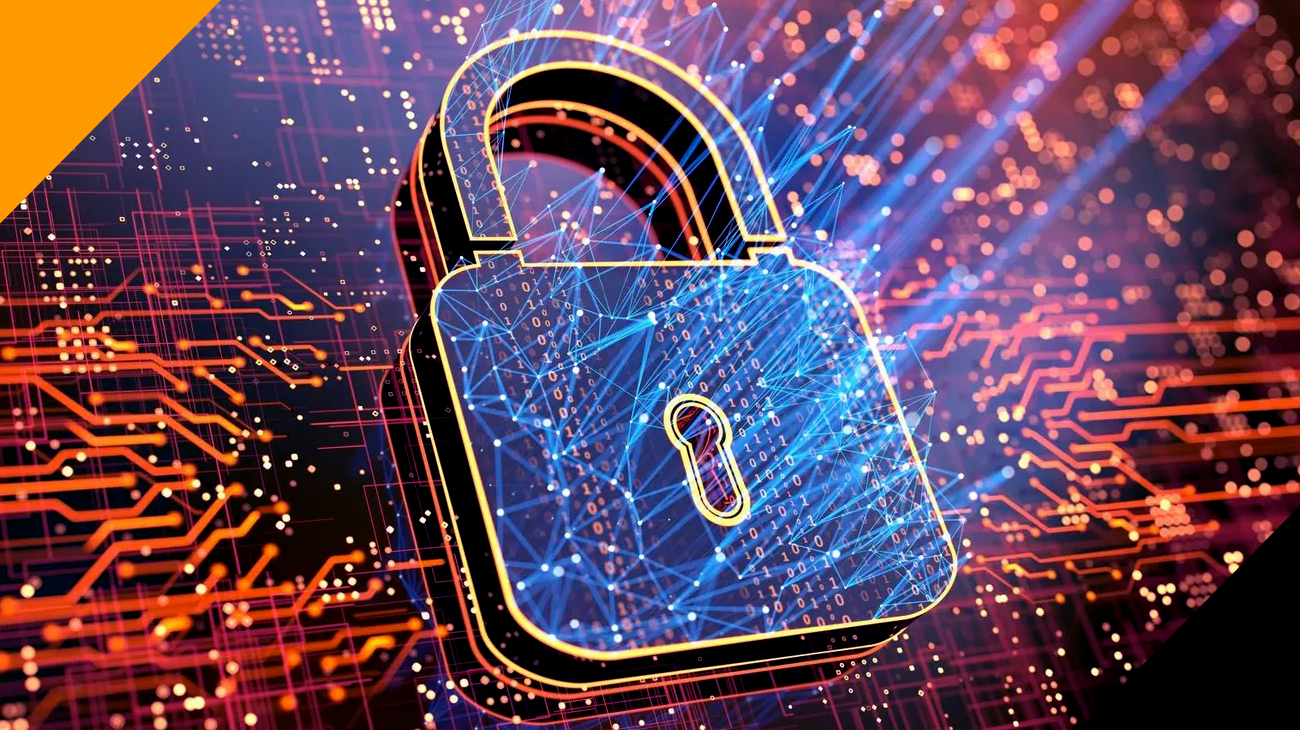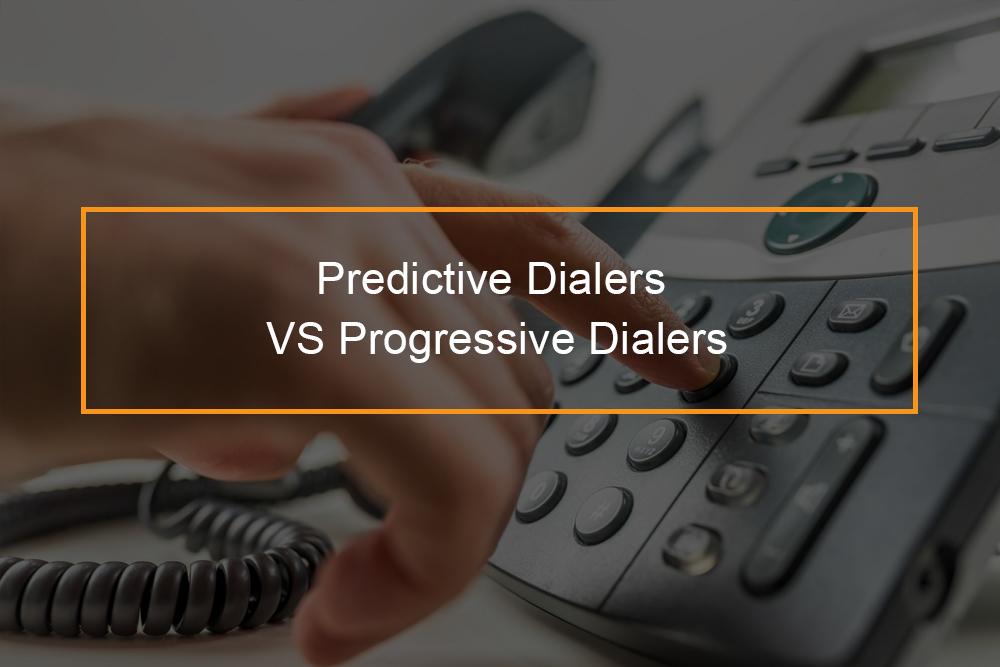
Predictive dialers and progressive dialers differ from the way they work. This includes their outbound dialing mode, their call frequency, their algorithms, the agent requirements, and personalized interactions. The two dialers also have different shortcomings.
Auto dialers in the call centers
Auto dialers have become a necessity in all world-class contact center. On-premise and cloud-based solutions have rapidly replaced manual dialers for automatic outbound calls. Additionally, auto-dialers can detect busy lines, disconnected lines, voicemails, and answering machines.
When the outbound call is answered, the autodialer transfers the call to a live agent or plays a pre-recorded message depending on the configuration. A contact center can choose from different types of outbound dialers, including predictive dialers and progressive dialers. There are also preview dialers and TCPA dialers. Both predictive and progressive dialers automatically and sequentially initiate outbound calls from a predetermined list of phone numbers. They also transfer answered calls to live agents in the call center.
However, progressive dialers initiate outbound calls only when the call agent is available to receive the next call. When it comes to predictive dialers, they initiate outbound calls automatically based on a dialing ratio. There are algorithms that determine the dialing ratio. Most contact centers alternate between predictive dialers and progressive dialers according to the needs and nature of different marketing campaigns.
What are predictive dialers and how do they work?
A predictive dialer aims at reaching the most number of customers. This dialer calls many numbers at a go. When a customer answers the call, an agent is connected to them. The dialer then predicts the time the agent will be available again to answer the next call based on the average call time and begins to dial again. When the agent hangs up, they will be connected to the next call automatically. The percentage of unanswered calls is also calculated, and if required, the system dials the numbers more aggressively. This power dialing technique saves time in between calls and maximizes on the talk time.
The flaws of predictive dialers are, however, clear. The dialer begins making new calls before a call agent is ready to receive the call. The system assumes the agent will be ready when a customer receives the call. With predictive dialers, chances are a good number of calls will reach the customers and have no one attending to them. This will leave the customers frustrated and may likely abandon the call. This does not go well if part of your campaign is customer satisfaction. This is why predictive dialers are usually termed as impersonal. If your campaign is about creating a good rapport with the prospective client, then this dialer is not the right one.
What are progressive dialers and how do they work?
Progressive dialers automatically dial numbers from a call list when the contact center agent becomes free. This also minimizes time wastage in between calls. Progressive dialers dial phone numbers one after another and only do this when there is a call agent available to attend to the client.
This means that progressive dialers do not clock the call volumes of predictive dialers, but progressive dialing ensures that customers are only connected to a live person. This dialer is best for facilitating more personal interactions between the client and the agent.
Even with the relatively fewer calls dialed through progressive dialing, more customers are connected, and the efficiency of the agents is increased.
How predictive dialers and progressive dialers differ?
Progressive and predictive dialers differences
We have looked at auto-dialers and understand how progressive and predictive dialers work. Now we can further into the differences between these two popular dialers. As mentioned, these auto dialers differ when it comes to:
- Outbound dialing mode
- Call frequency
- Algorithms
- Agent requirements
- Personalized interactions
- Shortcomings
Predictive dialers vs. progressive dialers: Outbound dialing mode
The progressive dialing uses a progressive dialing mode. This dialing mode lets the auto dialer only make one outbound call when the call agent is ready to receive it. This way, a customer will not have to wait to speak to an agent; they are connected immediately.
On the other hand, the predictive dialer used a predictive dialing mode. This dialing mode uses an algorithm to predict the next time a call agent will be available to receive a call. The outbound calls are initiated before the agent is available to receive it. More calls are dialed this way, but a good number go unanswered, get dropped, or leave the customer waiting for some time.
Predictive dialers vs. progressive dialers: Call frequency
The call frequency is another key difference between progressive and predictive dialers. A progressive dialer initiates a single outbound call for each call agent available. A predictive dialer, on the other hand, initiates many outbound calls for each available agent. This means that predictive dialers are more effective in dialing more calls than progressive dialers.
Predictive dialing increases the call frequency, thereby reducing the agent idle time. The reduced call frequency of progressive dialers helps call centers to reduce the cal abandonment rate because agents are always available.
Predictive dialers vs. progressive dialers: Algorithms
A predictive dialer uses statistical algorithms to predict the availability of a call agent. This predictive algorithm works by determining the percentage of customers that answer the calls from the list of dialed numbers and how long the agents require to wrap up the call. Depending on this data, the predictive algorithm determines the rate of initiating outbound calls. Calls can either be dialed at a slow pace or fast pace. The algorithm is responsible for initiating the outbound calls even when the agent is not available to handle the call.
When it comes to progressive dialers, outbound calls are not placed based on an algorithm. Outbound calls here are triggered in real-time when an agent is available to handle the call.
Predictive dialers vs. progressive dialers: Agent requirements
Progressive dialers make one outbound call for each agent who is available. This means that the number of outbound calls is limited by the number of available call center agents. If the contact center wants to handle more outbound calls, they have to deploy more contact center agents. Otherwise, large -scale campaigns cannot be effectively handled with few outbound agents.
Predictive dialers, on the other hand, allow contact centers to deal with large-scale outbound campaigns without having to deploy additional agents. This is because predictive dialers initiate many outbound calls at a go. Companies, therefore, are able to communicate with more clients, and the time between two calls is drastically reduced.
Predictive dialers vs. progressive dialers: Personalized interaction
Another key difference between predictive and progressive dialers is the type of interaction between the agent and the client. Predictive dialers may handle more calls in a short time, but agents using it find it hard to make a personalized customer interaction. The calls usually start on a bad note. If the customer has been waiting for an agent, they are already frustrated, and it becomes hard to convince a frustrated person to commit to a sale. The aspect of personalized interaction is also lost because as soon as the agent hangs up one call, they are connected to the next one. They do not get the chance to prepare for the call or get any relevant information.
Progressive dialers allow the call agent to spend some time understanding the relevant client information and making other preparations before alerting the auto dialer to connect the next call. With all the information at the fingertips of the agent, personalized interaction with the customer is facilitated. This also increases customer satisfaction.
Predictive dialers vs. progressive dialers: Shortcomings
Both progressive and predictive dialers have their shortcomings that make then not suitable to handle a specific outbound marketing campaign. Progressive dialers do not handle as many outbound calls as predictive dialers in a short time. Therefore, if the quantity of calls is key, then progressive dialers will be limiting. With predictive dialers, many outbound calls are initiated without having an agent available. Clients are kept on hold for some time, and this reduces the personalized touch. Therefore, if personalized communication is key, then predictive dialers will not work well. The shortcomings of predictive and progressive dialers can be avoided when you choose the right dialer for an individual campaign.
When to use predictive and progressive dialers?
Predictive and progressive dialers ideal use
Both dialers are advantageous as they help contact centers to effectively run their marketing campaigns. As discussed, both these auto-dialers have their pros and cons, and therefore choosing the right one for the right campaign is important.
Predictive dialers are specifically useful when you want to cover a lot of ground in a little time. The quantity of calls here is more important. So if the campaign is more informational and you want all your contact lists to get the message in a short time, then this is the autodialer.
Progressive dialers mainly focus on the quality of the interaction. With this dialer, it is not just about reaching many people, but it is more of having a productive interaction. Marketing campaigns that involve a significant amount of investment employ this type of autodialer. The customer feels special and properly taken care of.


